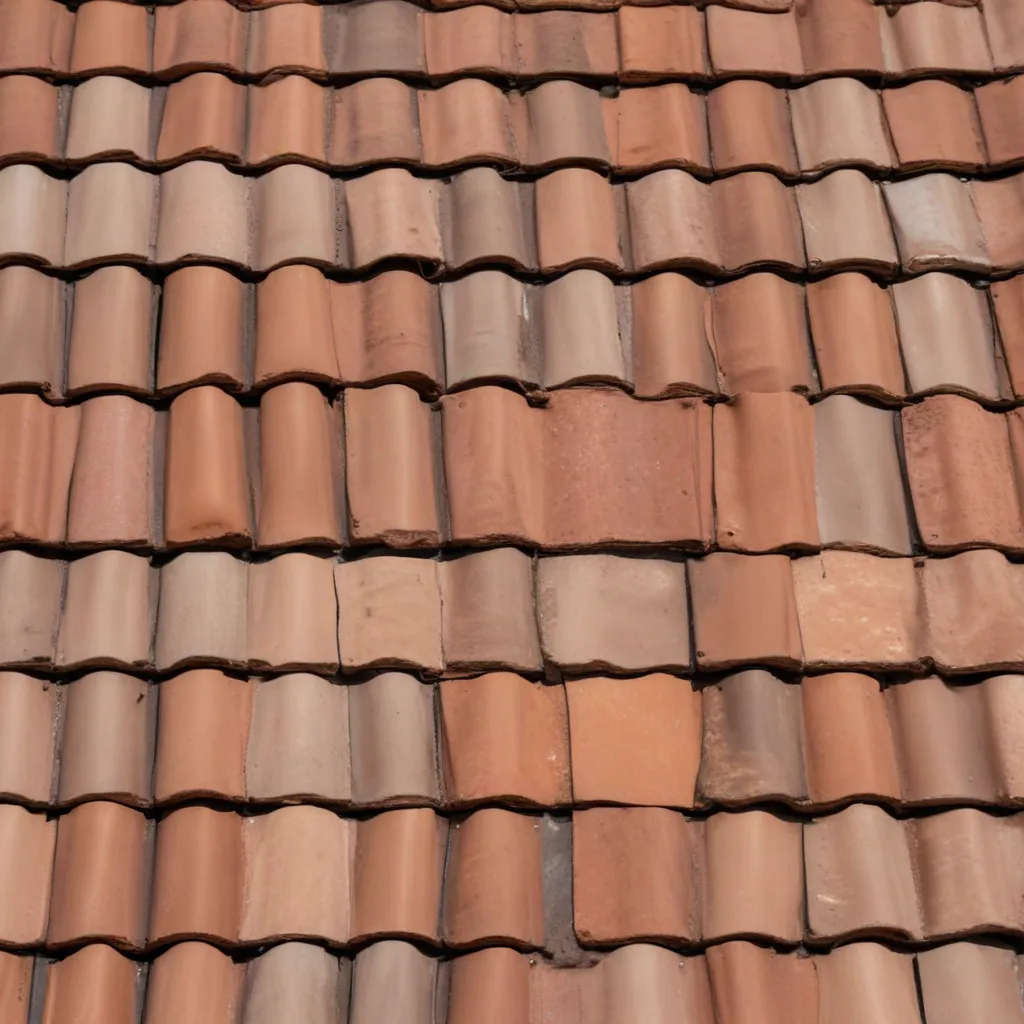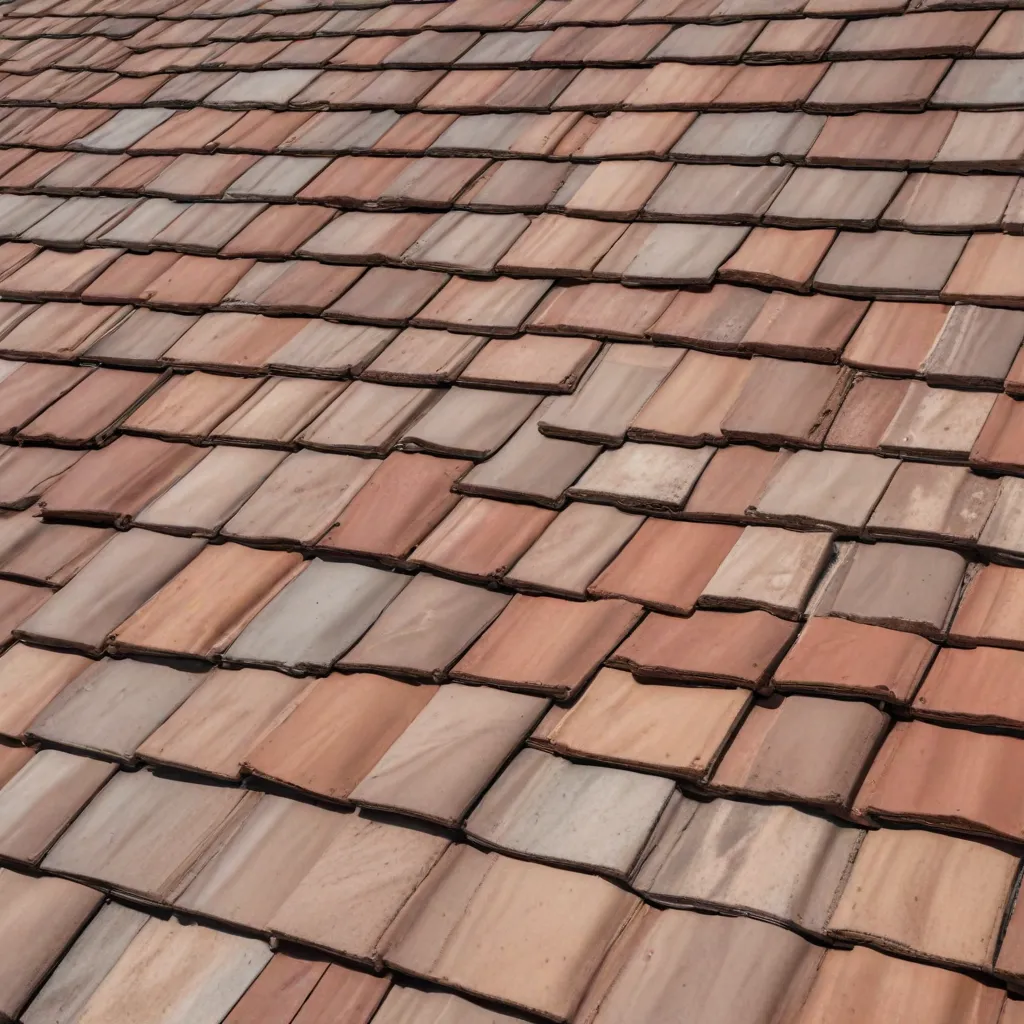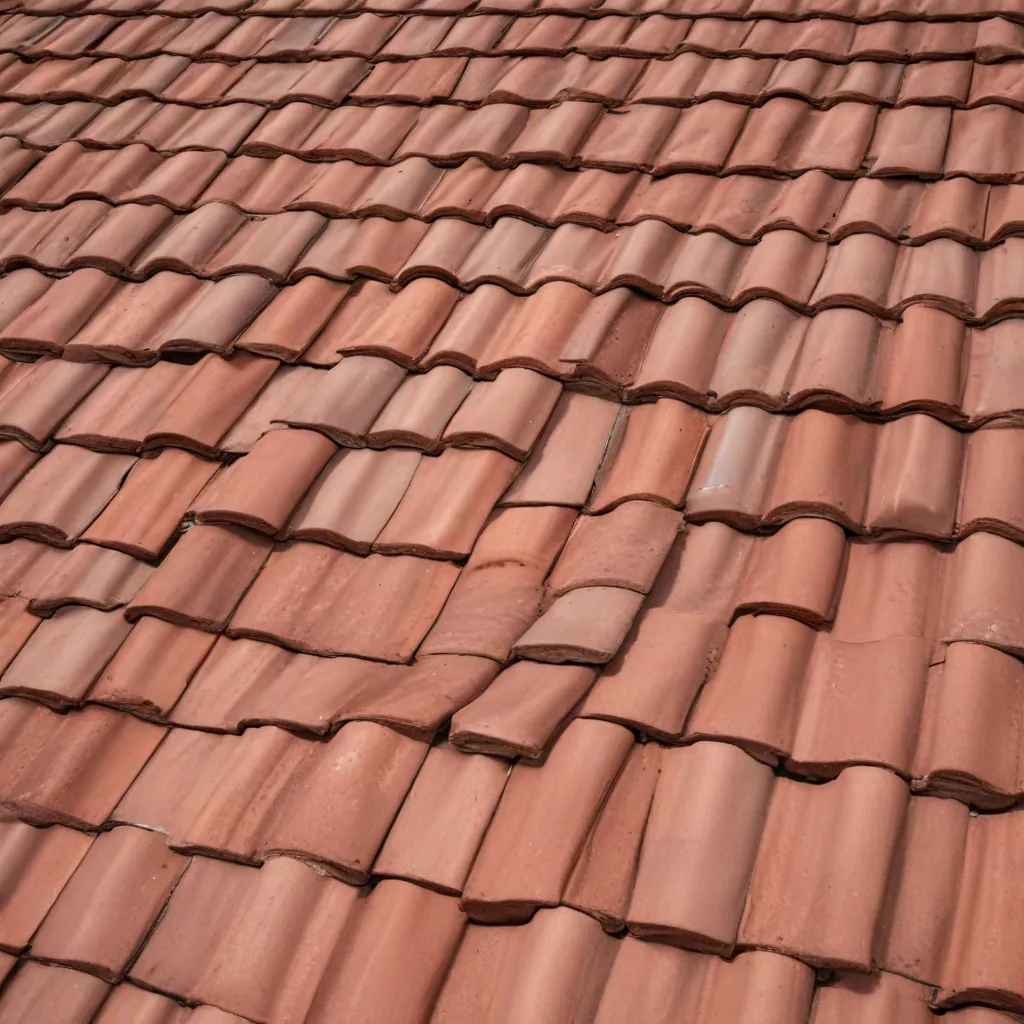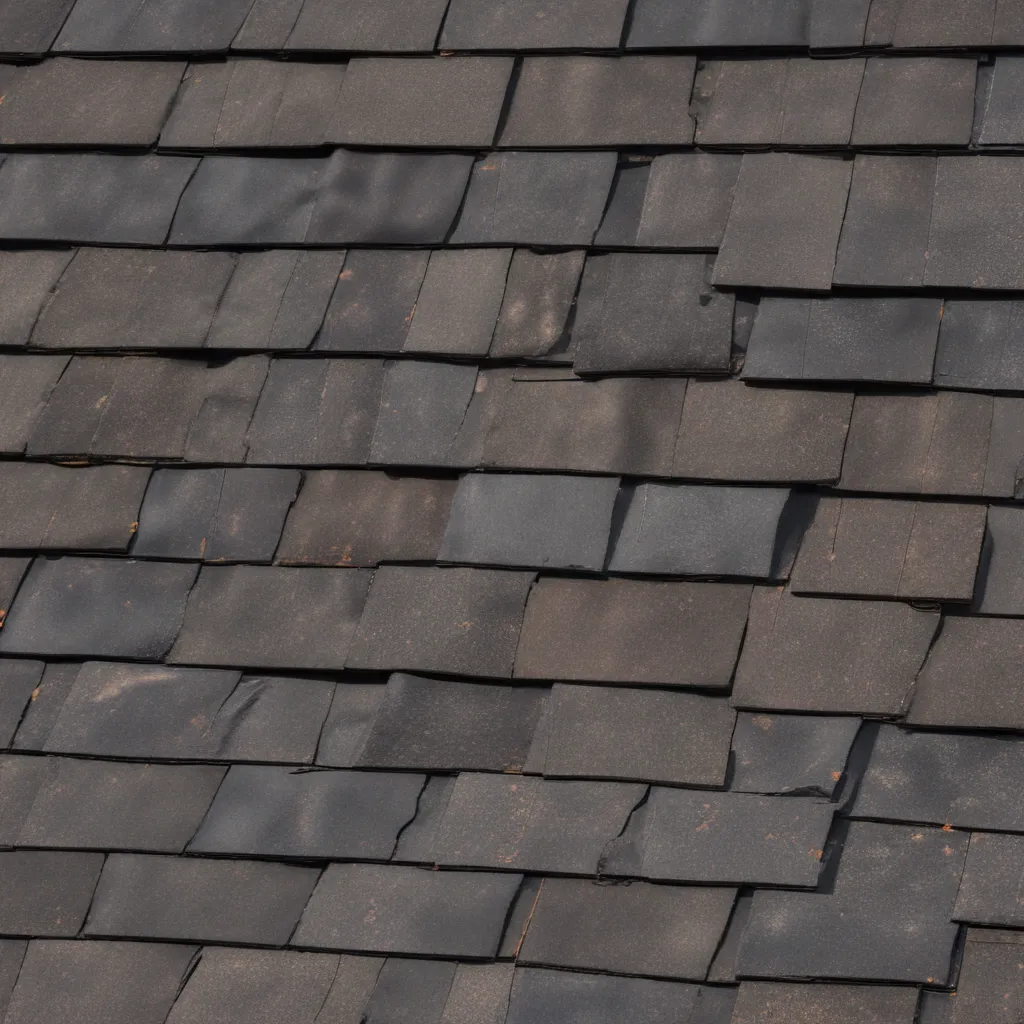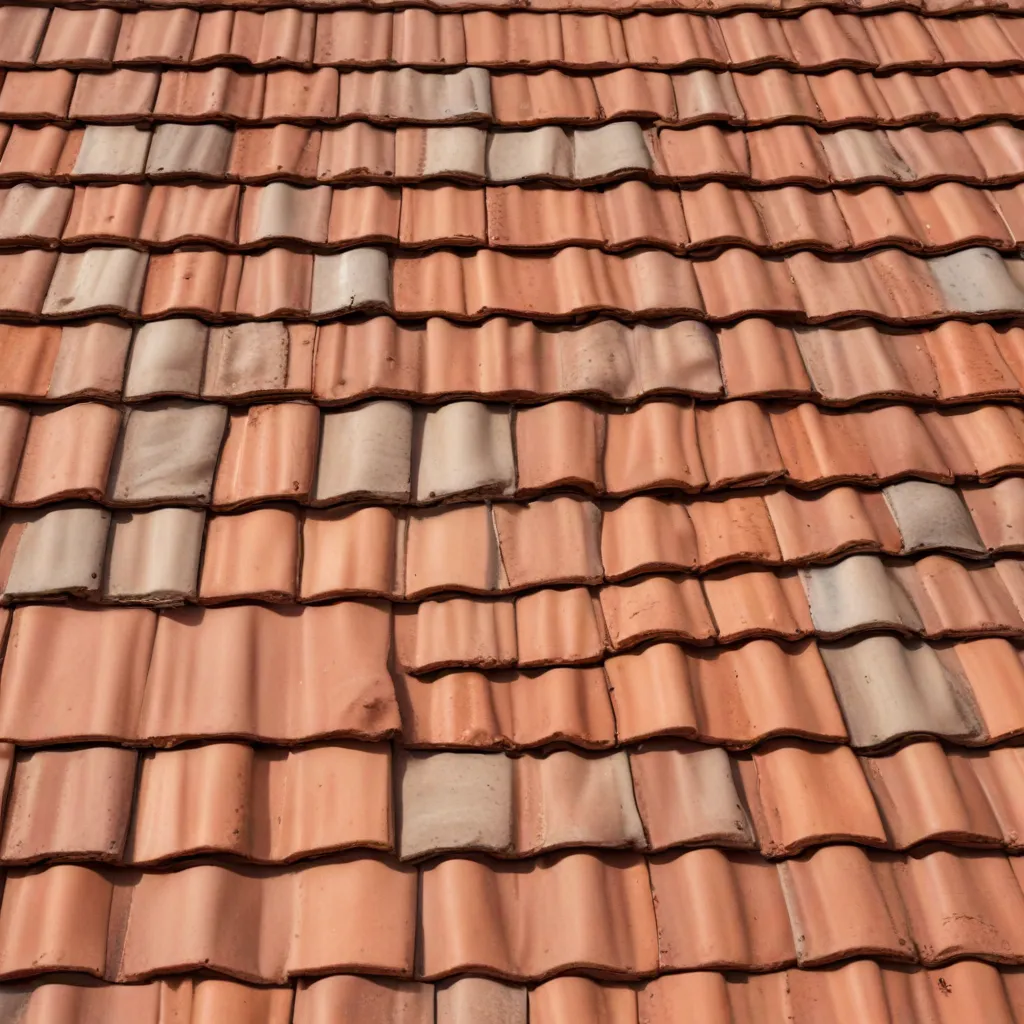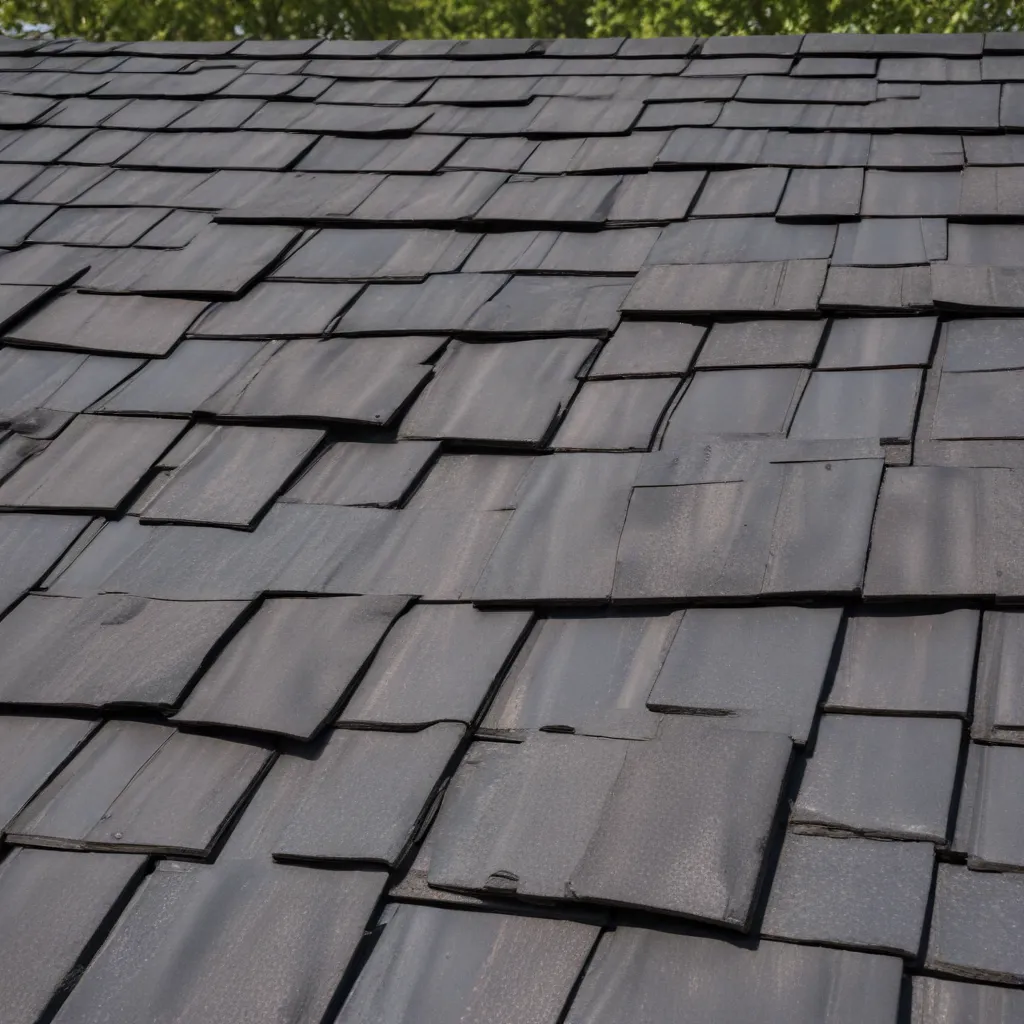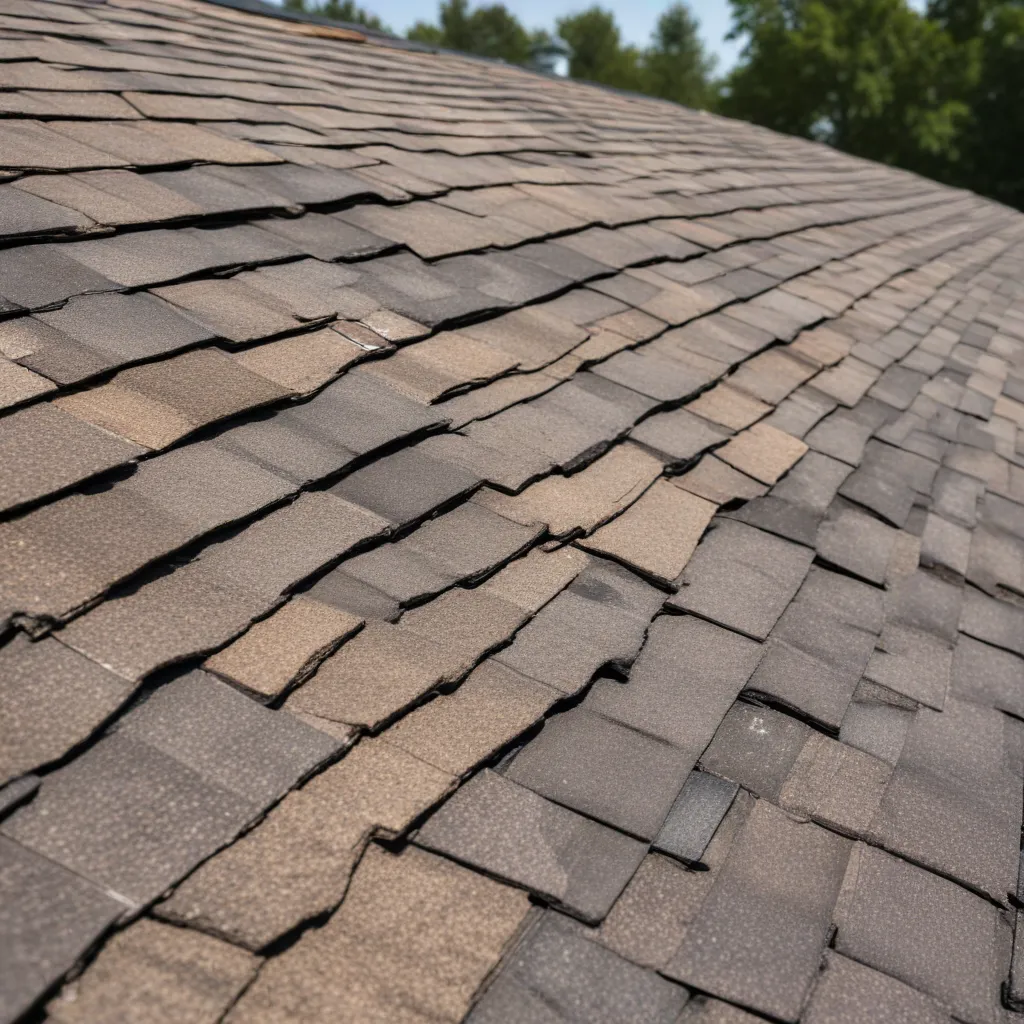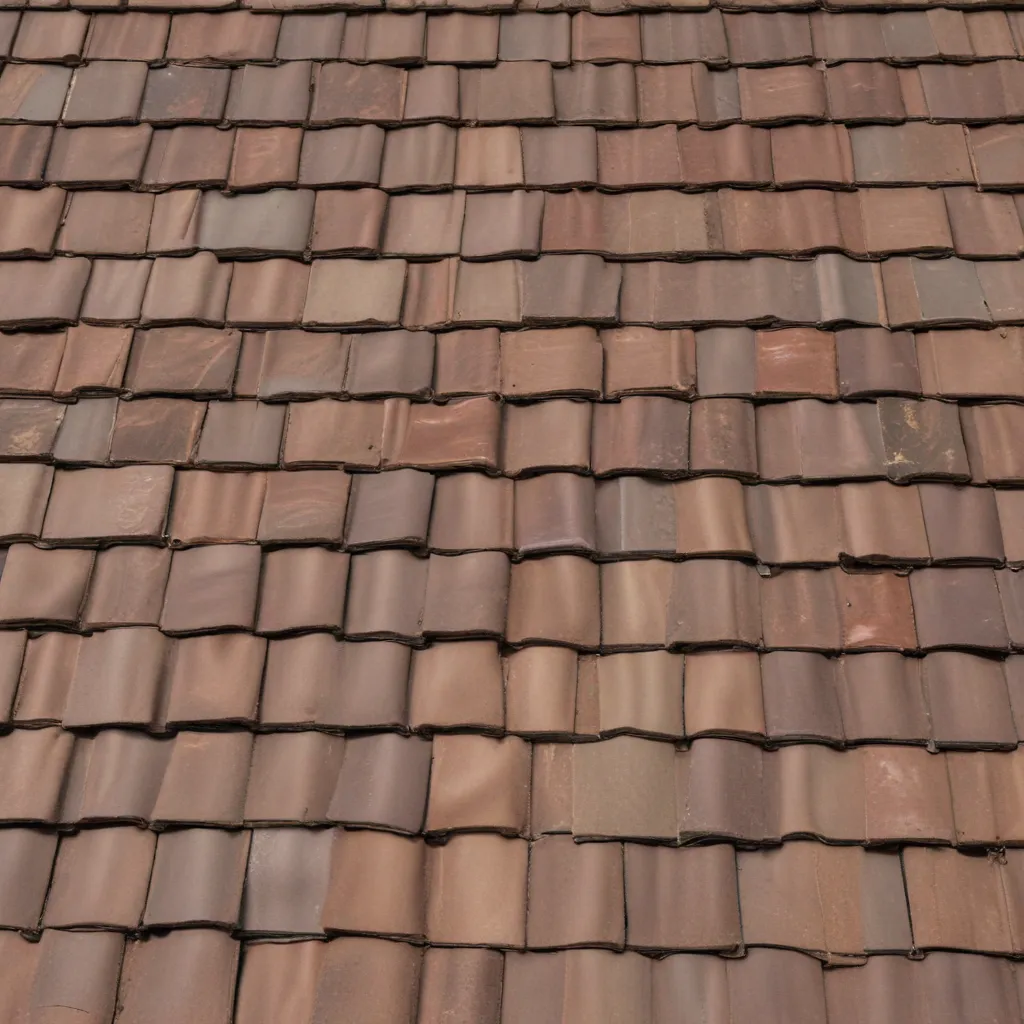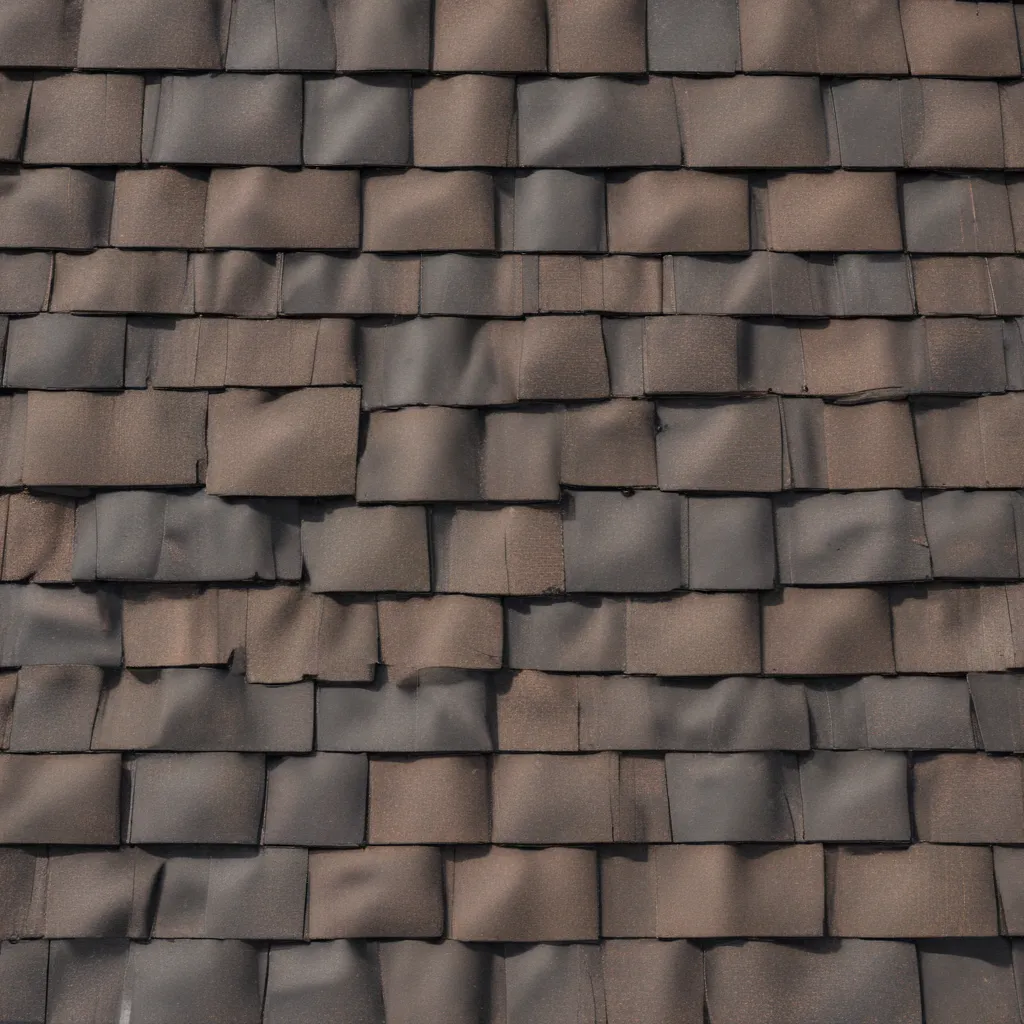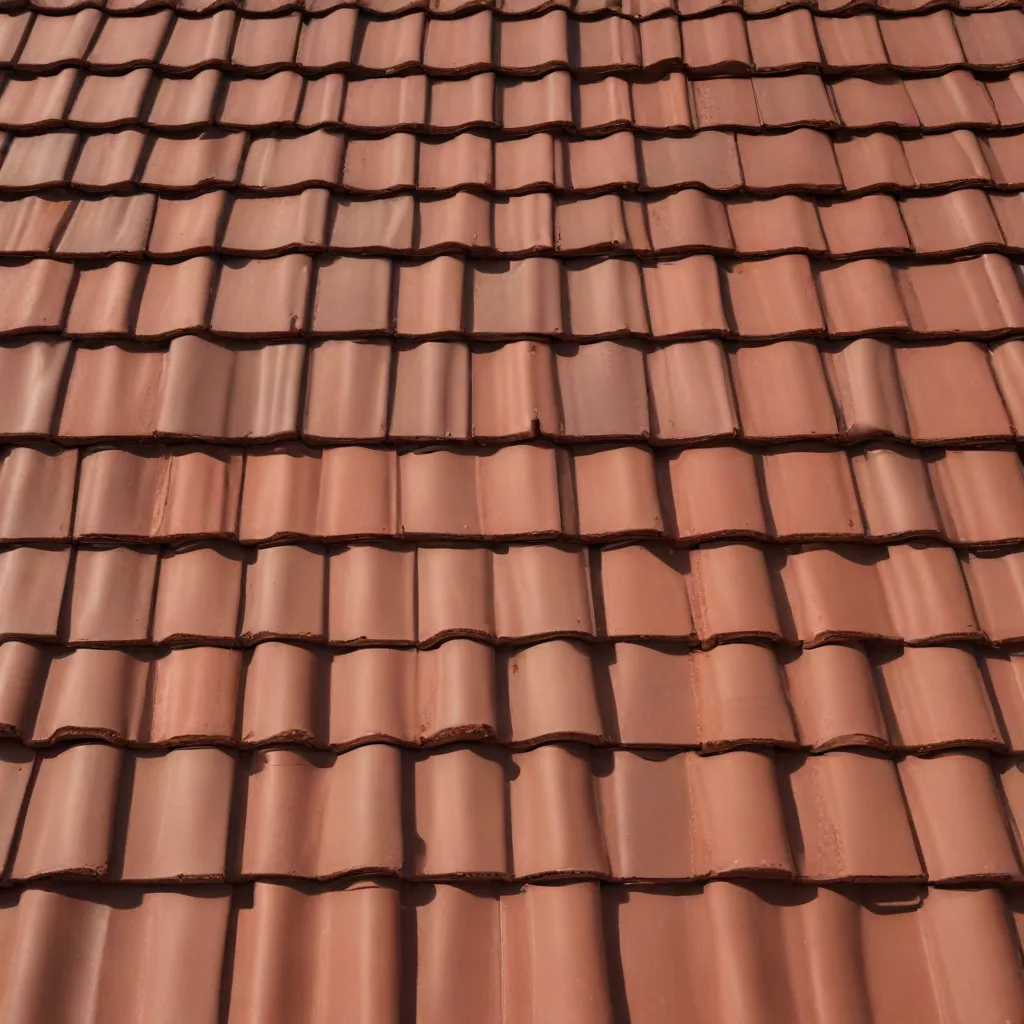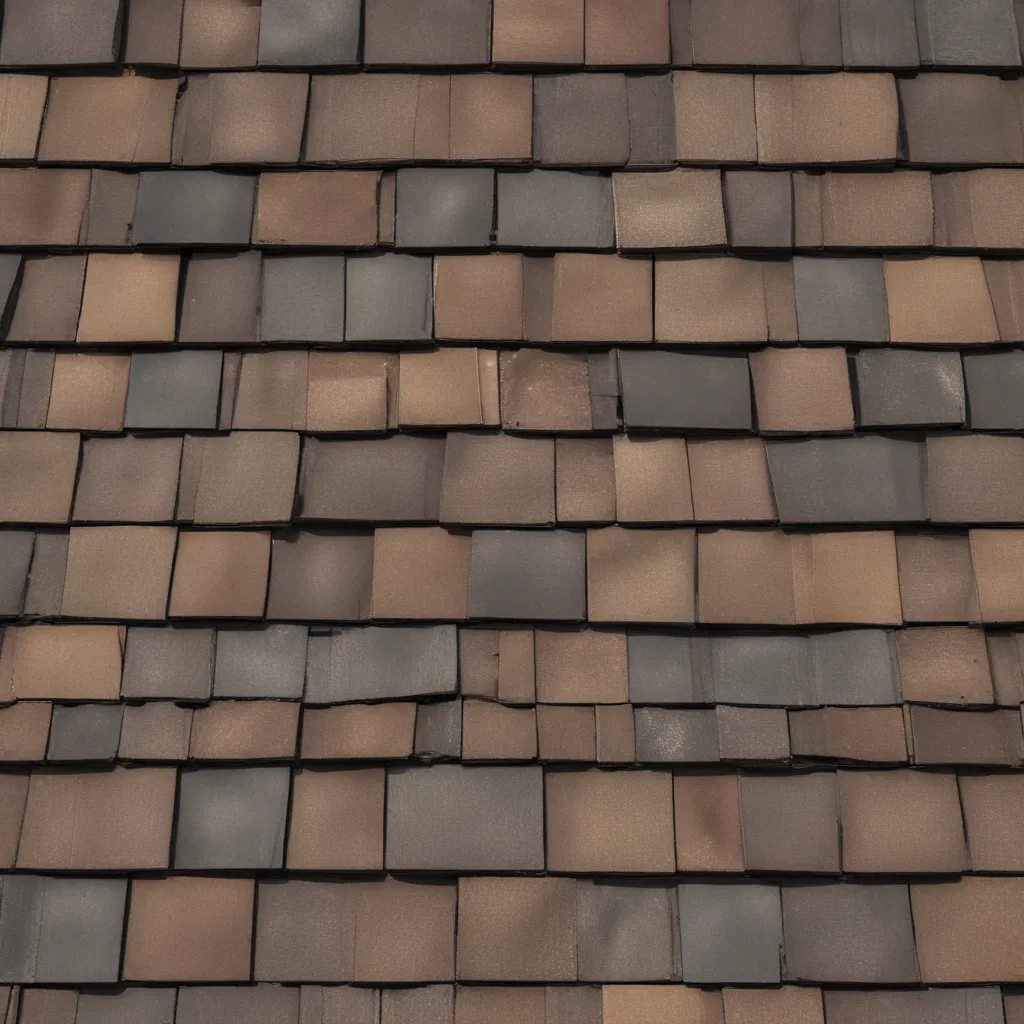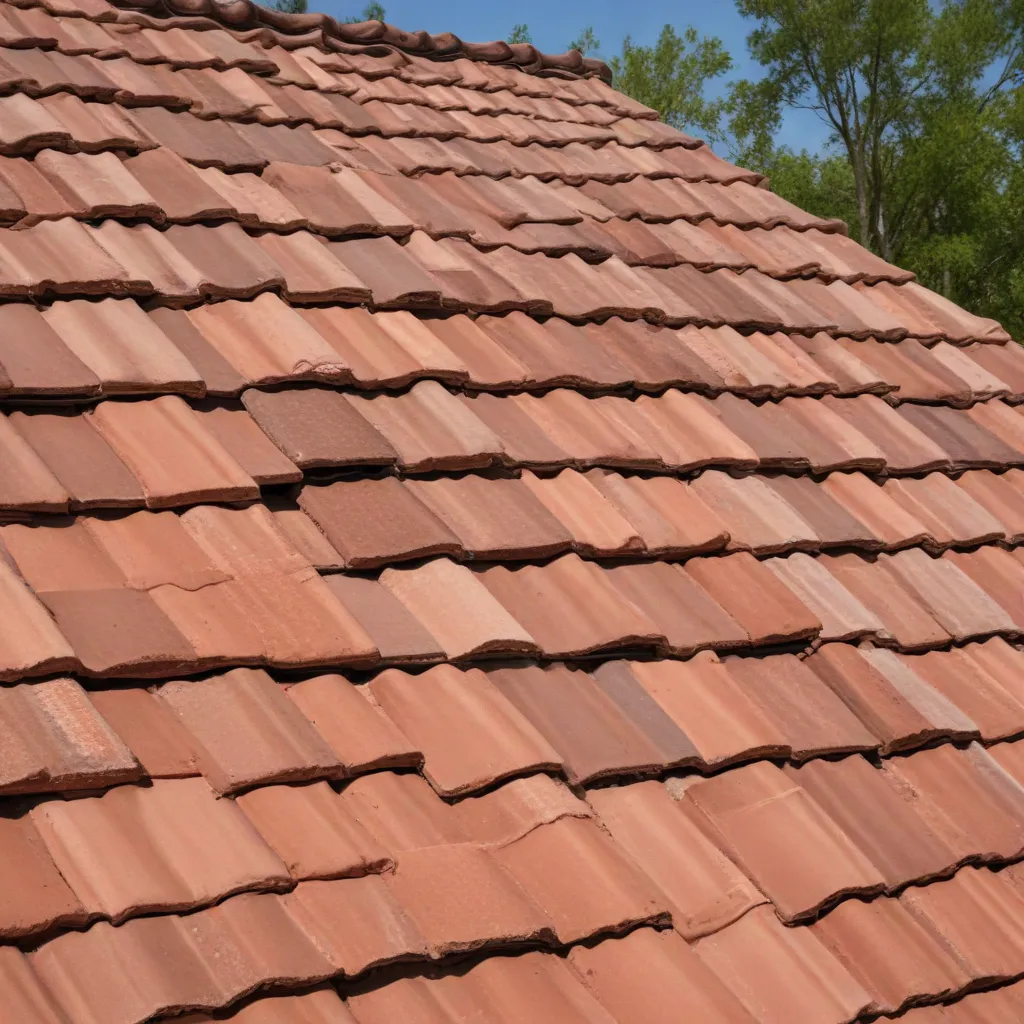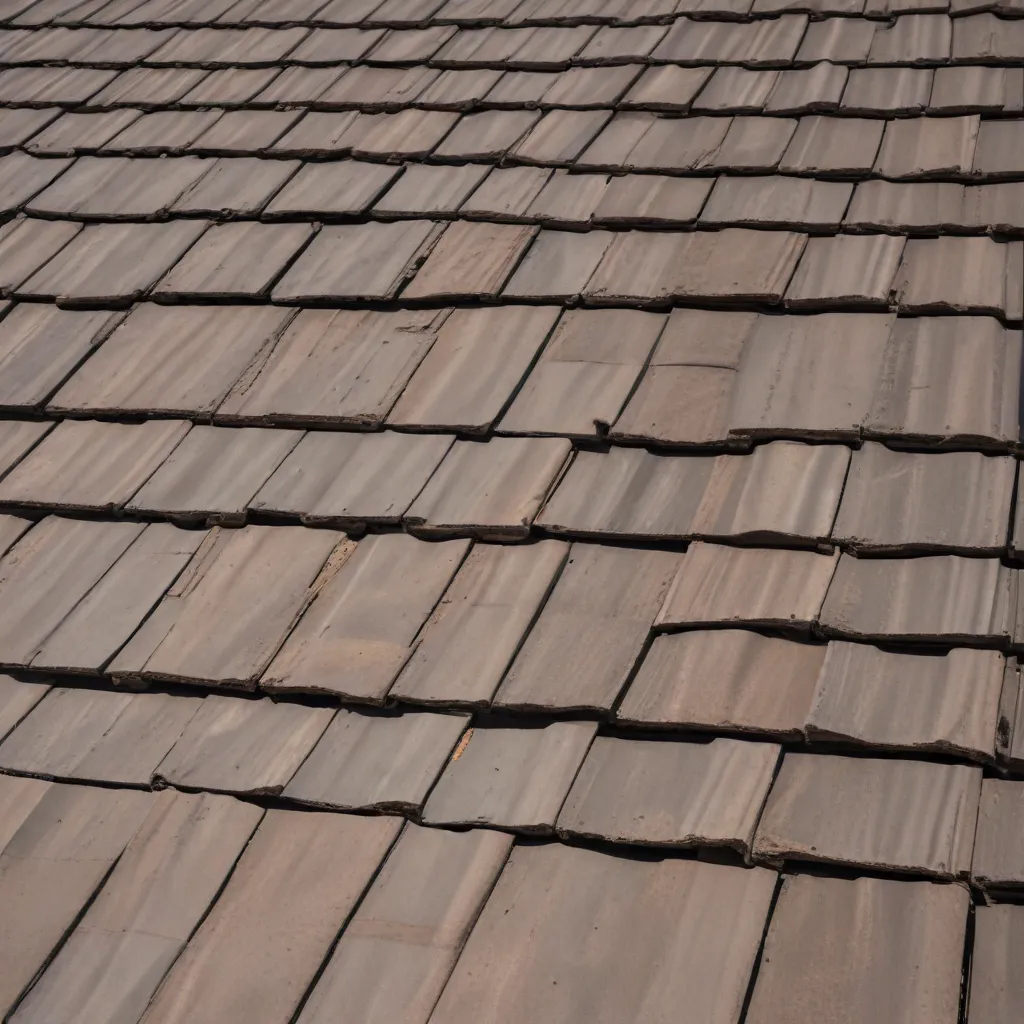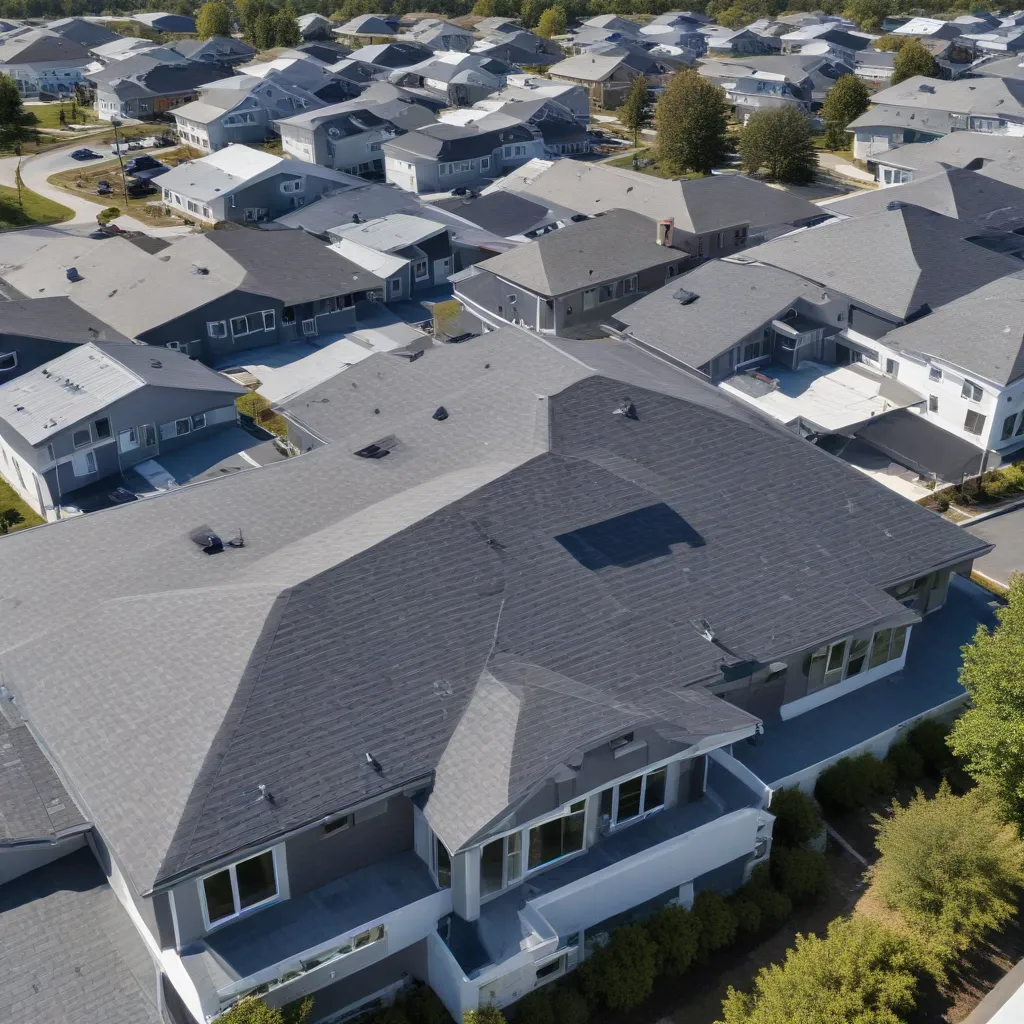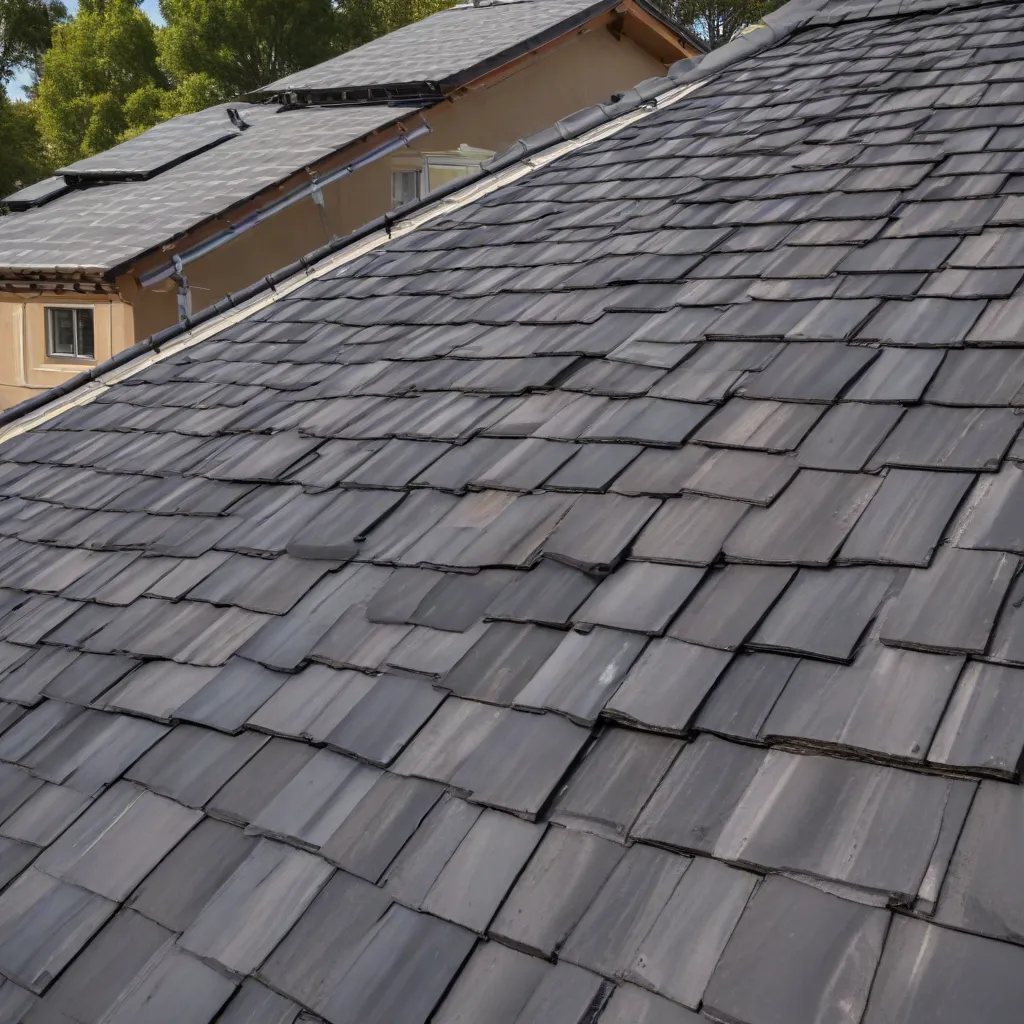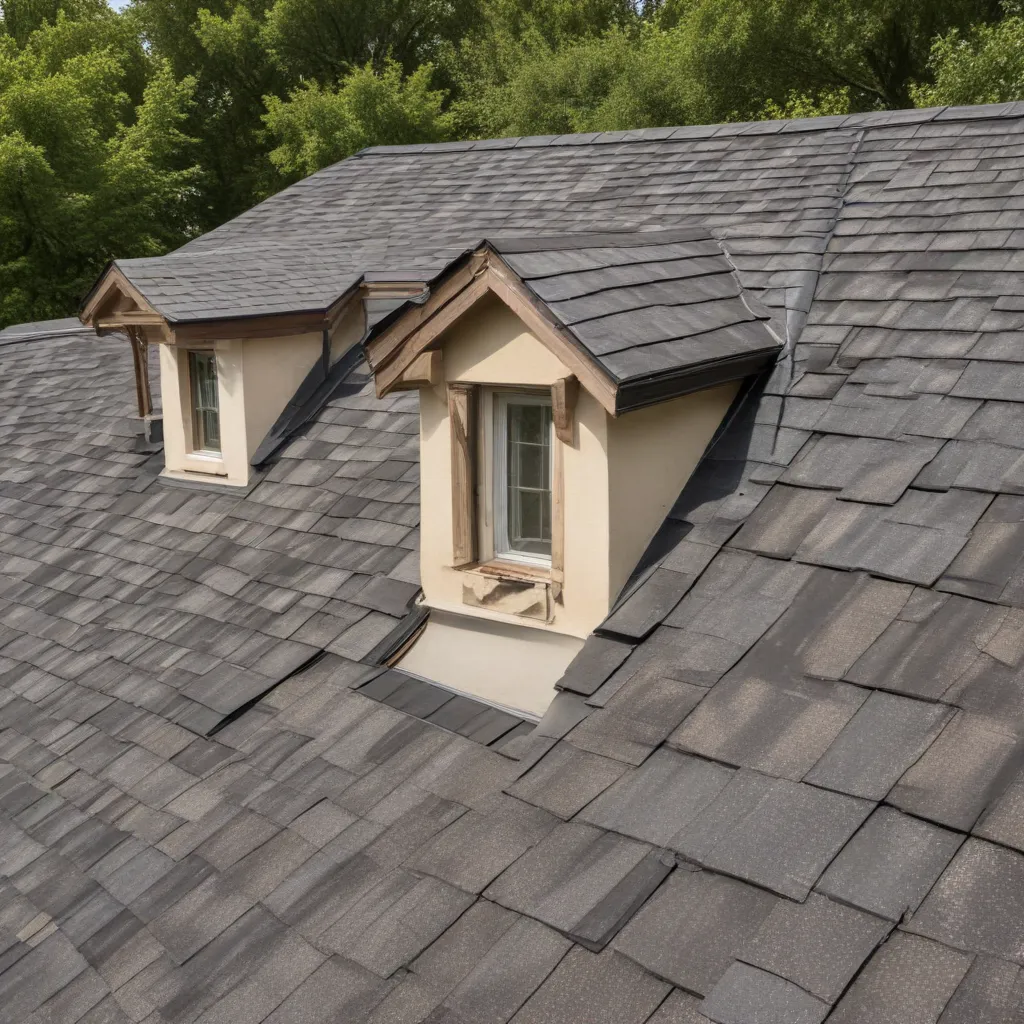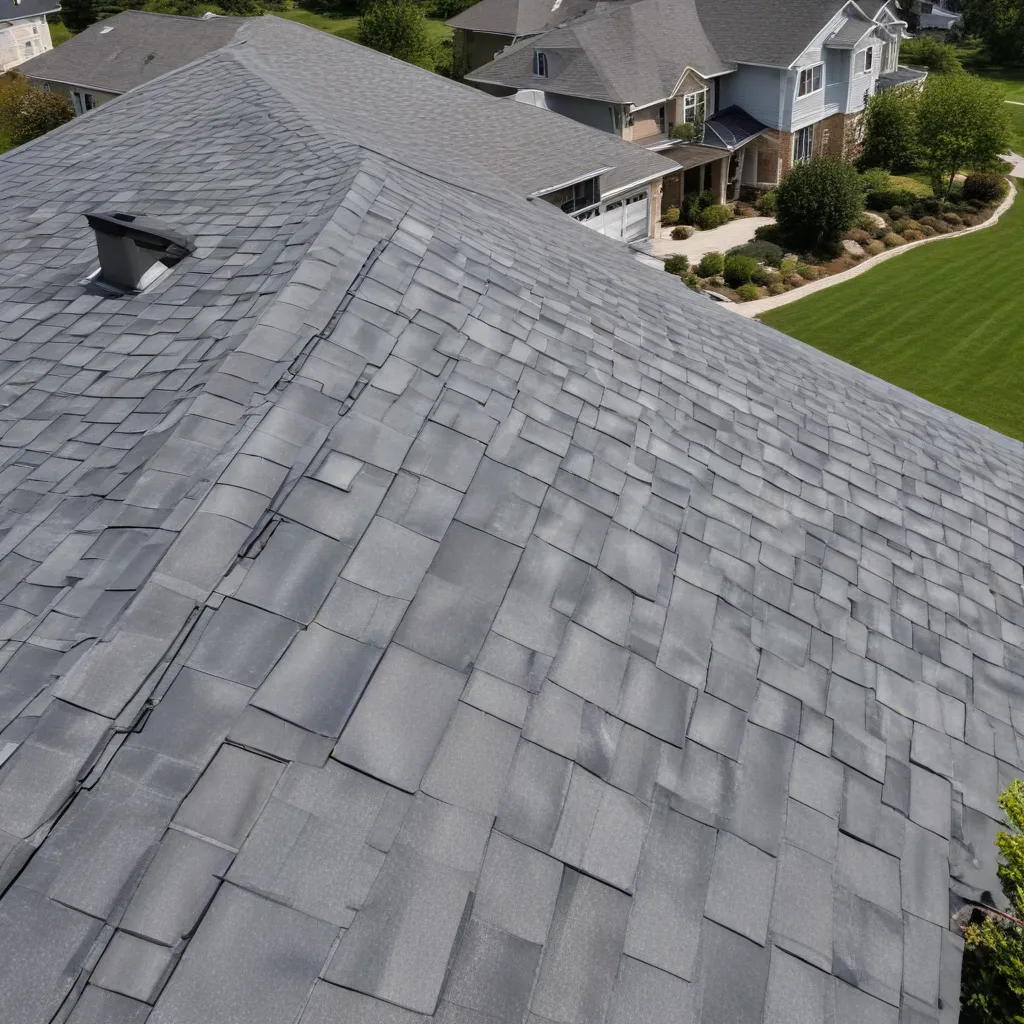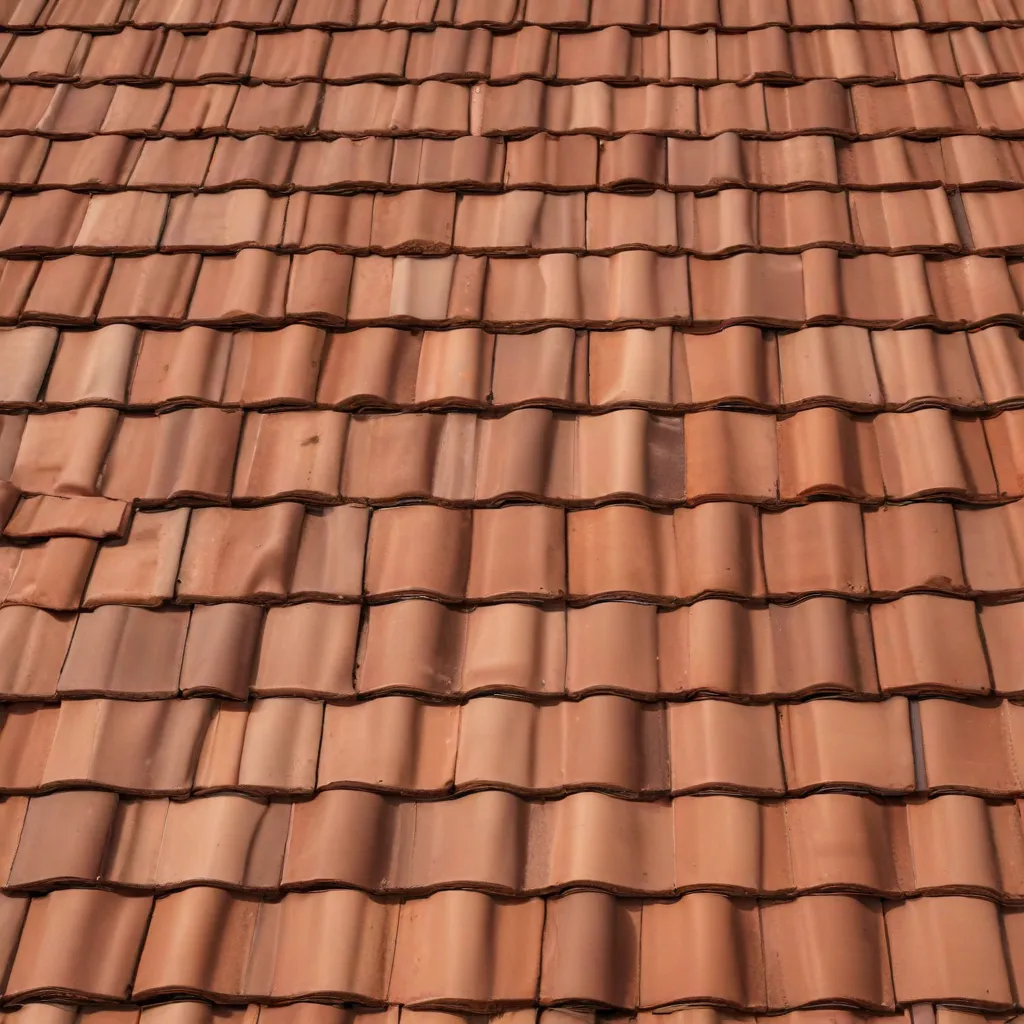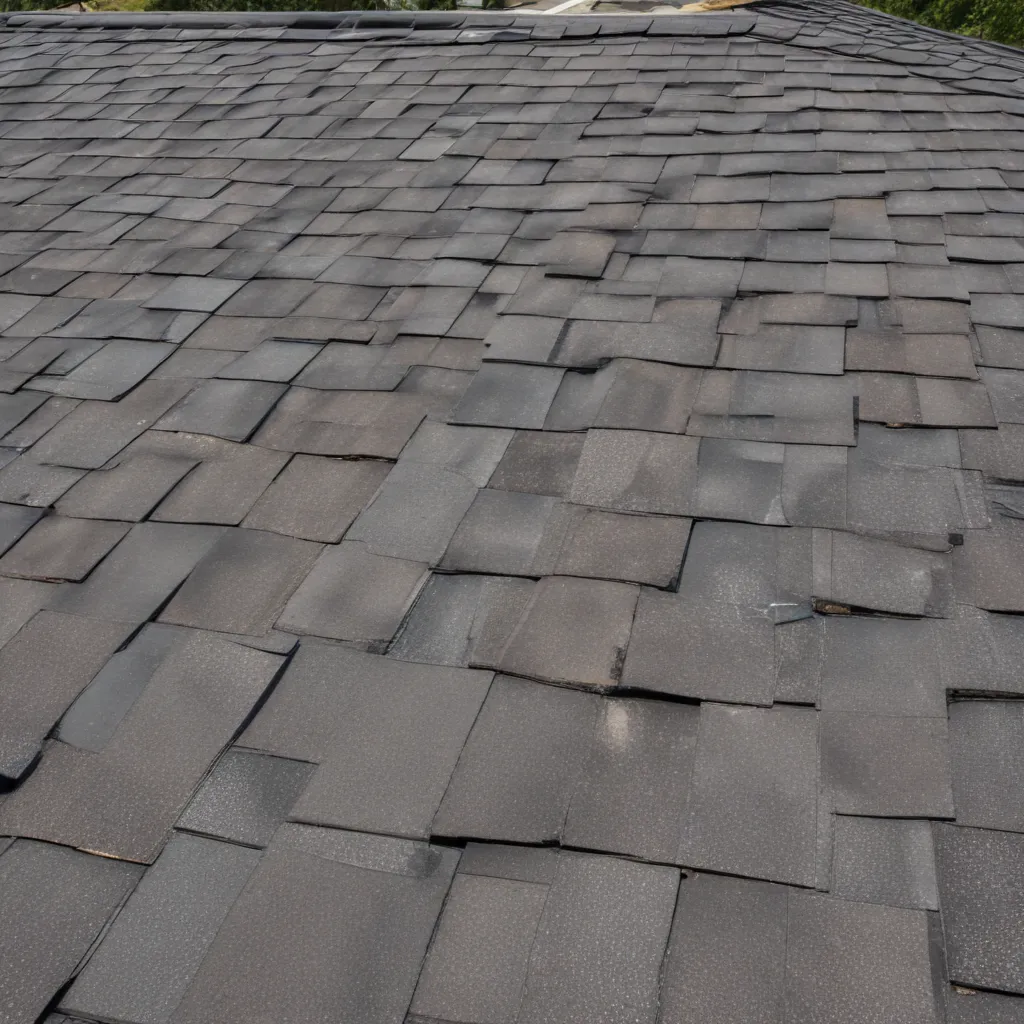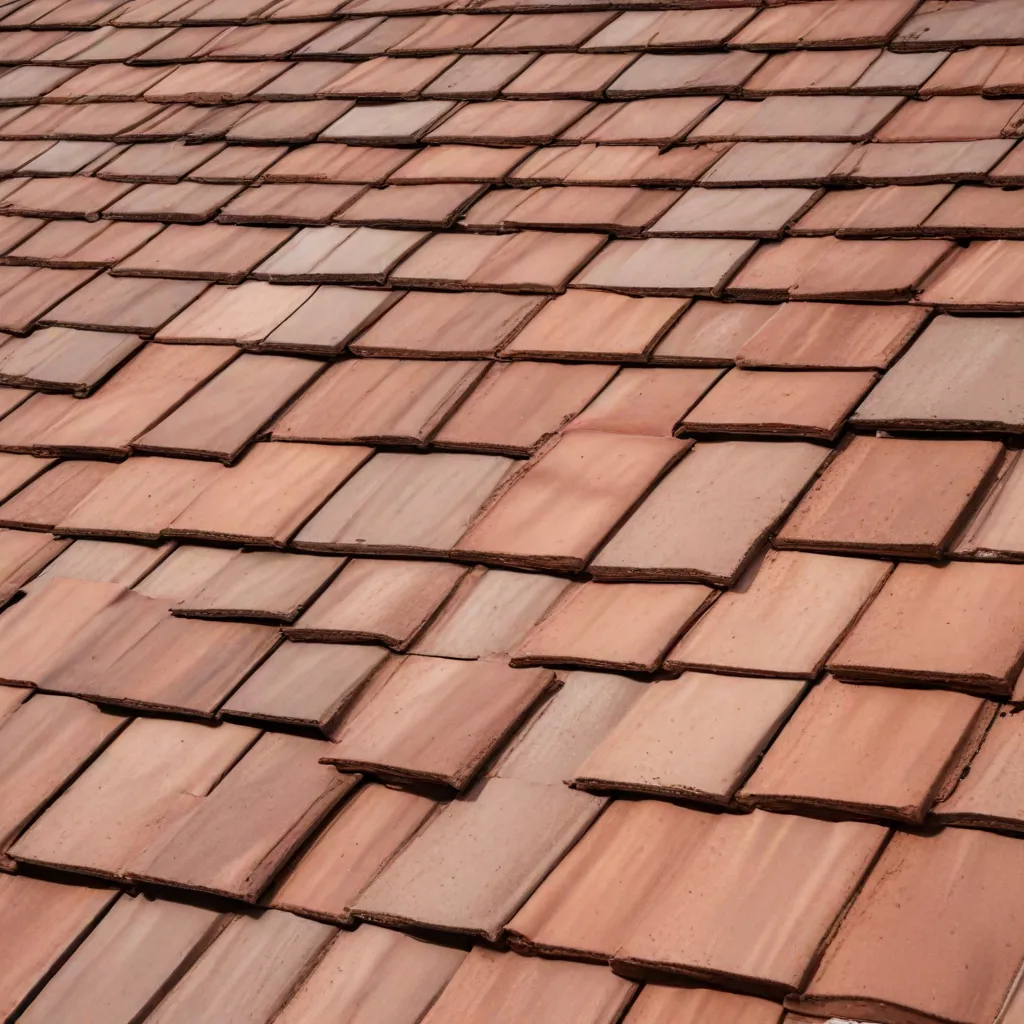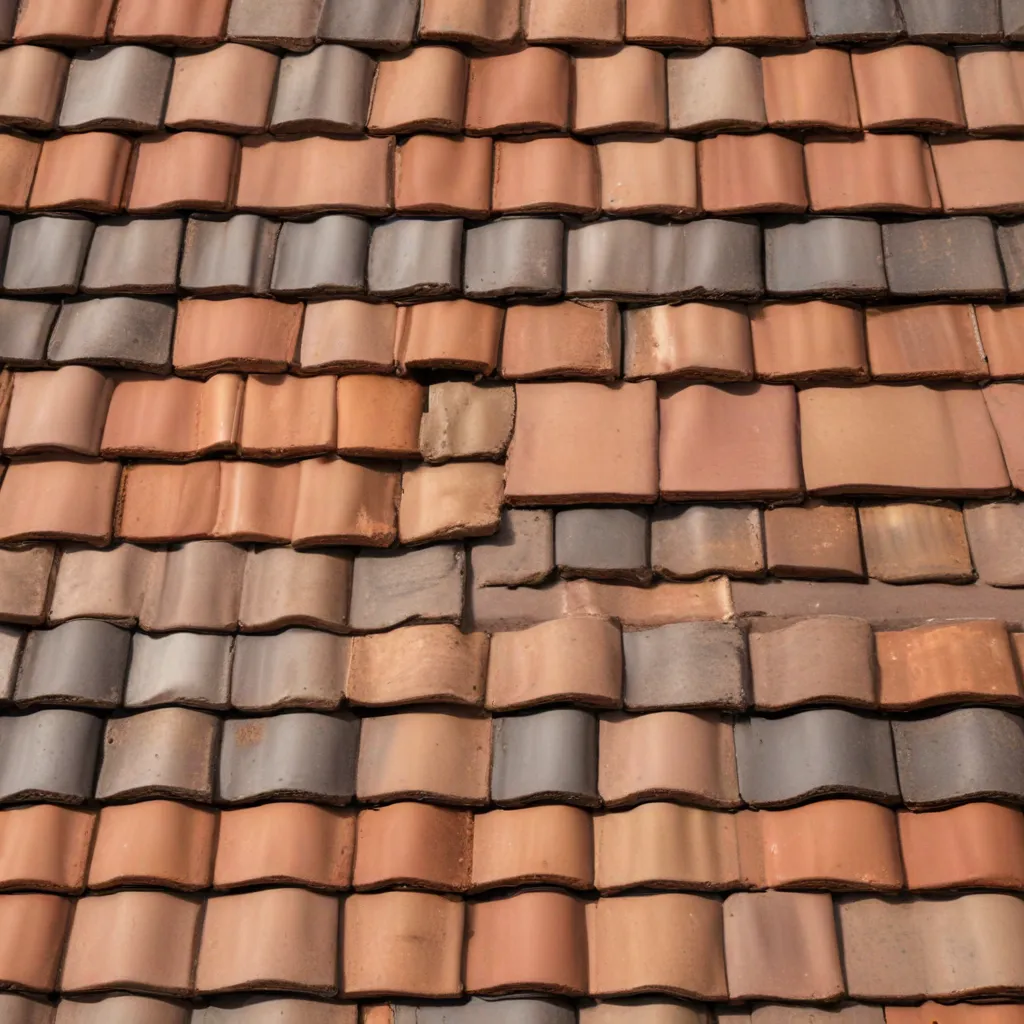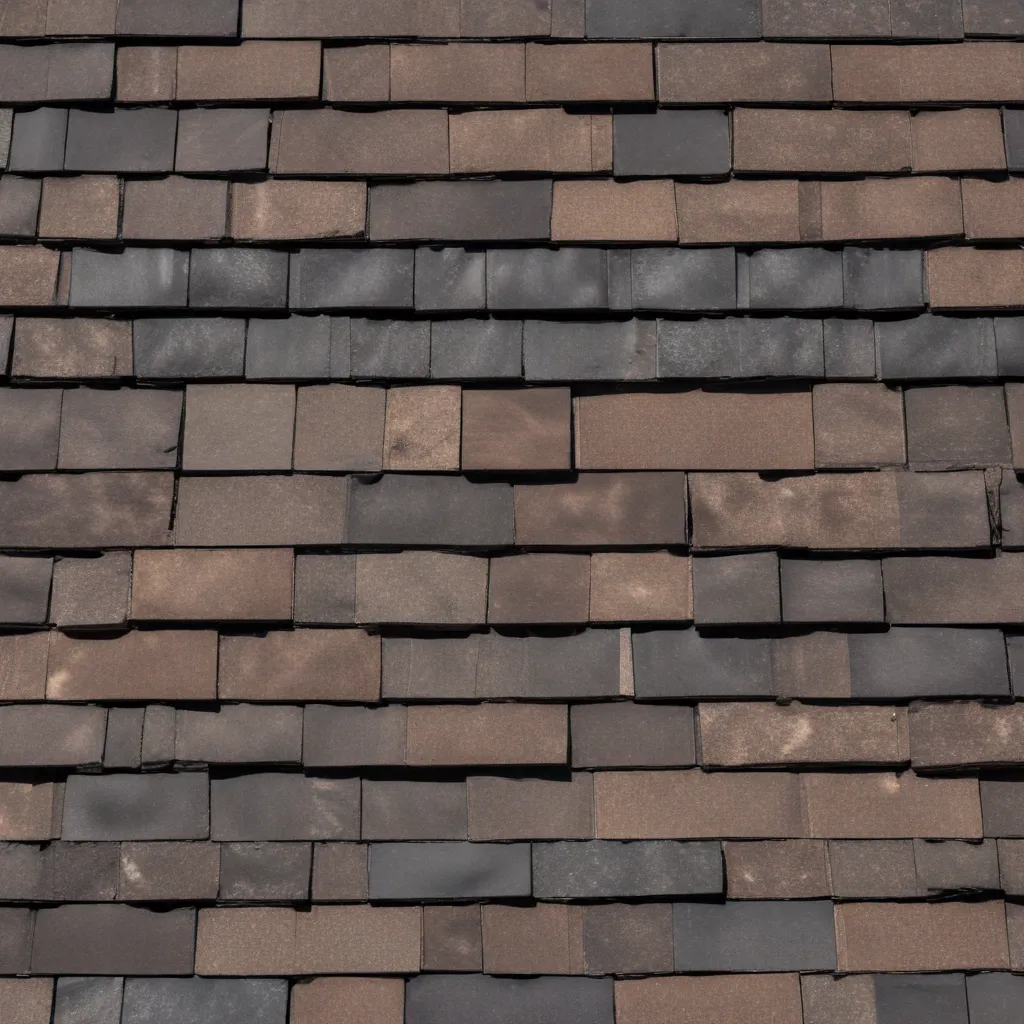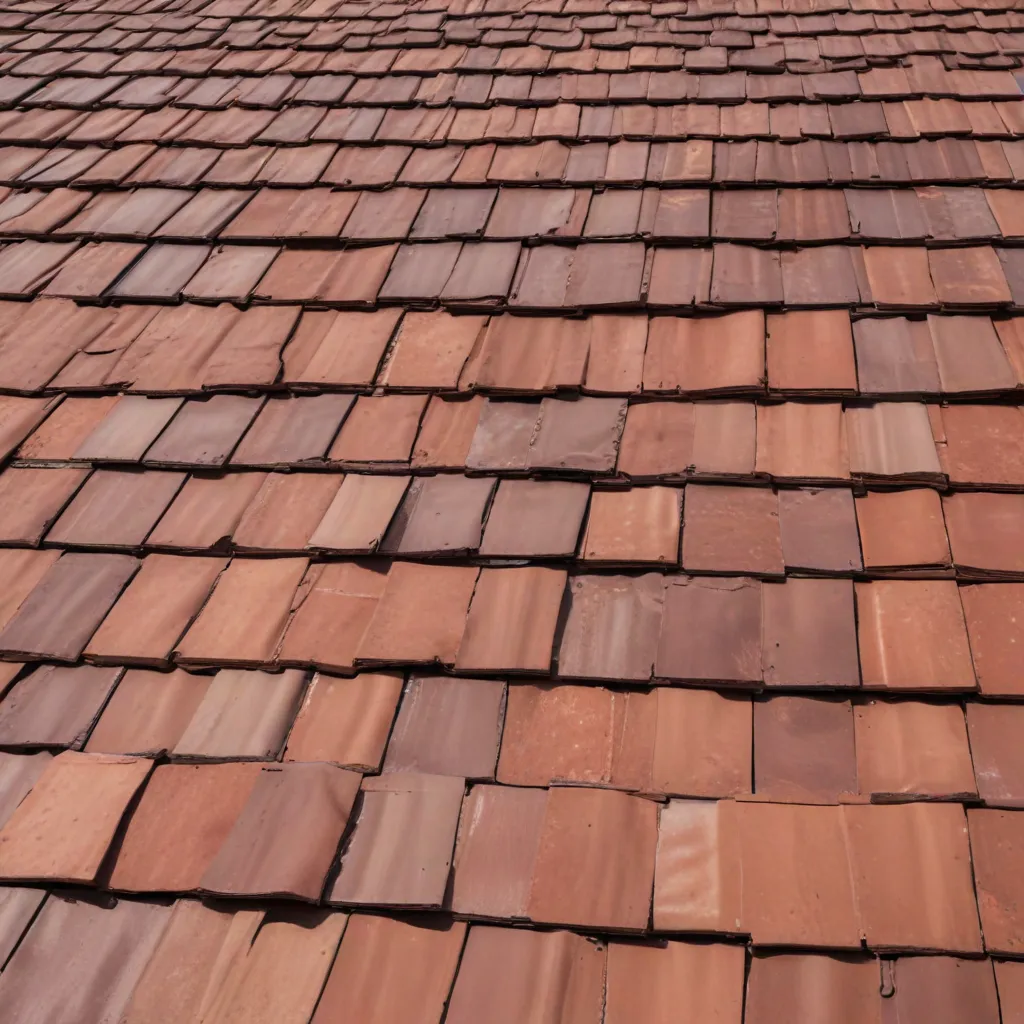
As a roofing specialist with Genuine Roof Systems, I’m excited to share insights on how to design commercial roofs that prioritize energy efficiency and sustainability. In today’s climate-conscious era, businesses are increasingly recognizing the importance of incorporating eco-friendly and energy-saving features into their building infrastructure.
Roofing Design Considerations
When it comes to optimizing the energy performance of commercial roofs, several key factors must be taken into account during the design phase. Proper insulation, efficient ventilation systems, and the selection of reflective roofing materials are all crucial elements that can significantly impact a building’s overall energy footprint.
Factors Affecting Energy Efficiency
Roof Insulation: The type and quality of insulation installed beneath the roofing system play a pivotal role in regulating indoor temperatures and minimizing energy demands. High-performance insulation, such as rigid foam or advanced fiberglass products, can effectively prevent heat transfer, reducing the reliance on heating and cooling systems. By carefully calculating the required R-value based on local climate and building use, you can ensure the insulation meets or exceeds industry standards for optimal energy efficiency.
Ventilation Systems: Proper ventilation is paramount in maintaining a comfortable and energy-efficient indoor environment. Strategically placed ridge vents, soffit vents, and powered exhaust fans can create a balanced air flow, allowing hot air to escape while drawing in cooler, fresh air. This circulation helps reduce the strain on HVAC systems, particularly during the warm summer months.
Reflective Roofing Materials: The choice of roofing materials can have a significant impact on a building’s energy efficiency. Cool roofs, which are designed with highly reflective surfaces, can dramatically reduce heat absorption and minimize the need for air conditioning. Materials like metal, tile, or membrane roofs with a high solar reflectance index (SRI) are excellent options for effectively reflecting sunlight and minimizing thermal gain.
Sustainable Roofing Practices
In addition to energy efficiency, commercial roofing design should also prioritize sustainable practices that minimize environmental impact and promote long-term resilience.
Renewable Energy Integration: The incorporation of renewable energy systems, such as solar photovoltaic panels, into the roofing design can transform a commercial building into a self-sustaining energy producer. By leveraging the vast surface area of the roof, businesses can generate clean electricity and potentially achieve net-zero energy consumption.
Stormwater Management: Designing commercial roofs with efficient drainage systems, water collection, and retention features can help mitigate the impact of heavy rainfall and extreme weather events. This not only protects the building’s structural integrity but also supports sustainable water management practices, such as landscape irrigation or greywater systems.
Minimizing Environmental Impact: The selection of roofing materials should consider their life cycle environmental impact, including the embodied energy, recyclability, and end-of-life disposal. Opting for products made from recycled or renewable resources, as well as those with low-carbon manufacturing processes, can contribute to a more sustainable commercial roofing system.
Architectural Design Principles
Integrating energy-efficient and sustainable roofing strategies into the overall architectural design of a commercial building is crucial for maximizing their effectiveness.
Passive Solar Design
Optimizing the building’s orientation and placement on the site can harness the power of passive solar energy, reducing the need for artificial heating and cooling.
Orientation and Placement: Carefully aligning the building’s long axis along the east-west direction can maximize the potential for passive solar heating during the winter months, while strategically placed overhangs or shading devices can provide natural cooling during the summer.
Thermal Mass Incorporation: Incorporating materials with high thermal mass, such as concrete, masonry, or phase-change materials, into the building’s structure and roofing system can help regulate indoor temperatures by absorbing and releasing heat over time, reducing energy demands.
Roof Geometry Optimization
The shape and configuration of the roof can have a significant impact on both the building’s energy efficiency and its overall aesthetic appeal.
Slope and Pitch Angles: Selecting the optimal roof slope and pitch angles can enhance the effectiveness of passive solar design, improve drainage, and maximize the potential for renewable energy generation (e.g., solar panels). A steeper pitch can facilitate faster rainwater runoff and minimize the risk of leaks or water damage.
Roof Shape and Configuration: Innovative roof designs, such as gabled, hipped, or shed roofs, can not only contribute to the architectural character of the building but also influence air flow, shading, and the integration of renewable energy systems.
Building Performance Evaluation
To ensure the commercial roofing system meets the desired energy efficiency and sustainability goals, a comprehensive building performance evaluation process should be implemented.
Energy Modeling and Simulation
Utilizing advanced energy modeling and simulation tools can provide valuable insights into a building’s energy consumption patterns and the potential impact of various design strategies.
Whole-Building Energy Analysis: By modeling the building’s envelope, HVAC systems, lighting, and other energy-consuming components, you can accurately predict the overall energy usage and identify opportunities for optimization.
Optimization Strategies: Iterative energy modeling can help evaluate the cost-benefit tradeoffs of different roofing materials, insulation levels, ventilation systems, and renewable energy integration, allowing you to find the most effective and economically viable solutions.
Post-Occupancy Assessment
Ongoing monitoring and evaluation of the building’s actual energy performance and occupant comfort levels are crucial for verifying the effectiveness of the roofing design and identifying areas for improvement.
Operational Energy Usage: Tracking the building’s energy consumption, including electricity, heating, and cooling, can provide valuable data to assess the real-world impact of the roofing system and inform future design decisions.
Occupant Comfort Metrics: Gathering feedback from building occupants regarding temperature, humidity, and overall indoor environmental quality can help ensure the roofing system is providing a comfortable and productive workspace.
Regulatory Compliance and Certification
Designing commercial roofs for optimal energy efficiency and sustainability must also consider the relevant regulatory requirements and industry-recognized certification standards.
Energy Efficiency Standards
Staying up-to-date with the latest building energy codes, such as the International Energy Conservation Code (IECC) and ANSI/ASHRAE/IES Standard 90.1, is essential for ensuring compliance and maximizing energy savings.
Rating Systems and Certifications: Pursuing recognized green building certifications, such as LEED (Leadership in Energy and Environmental Design) or ENERGY STAR, can provide an independent validation of the roofing system’s energy performance and sustainability credentials, offering a competitive advantage in the market.
Sustainable Design Frameworks
Incorporating holistic sustainable design frameworks, such as life-cycle assessment and cradle-to-cradle principles, can enable commercial building owners to make informed decisions about the environmental impact of their roofing choices, from material sourcing to end-of-life disposal.
Green Building Initiatives: Aligning the commercial roofing design with leading sustainable construction programs, like the Living Building Challenge or Net Zero Energy Building Certification, can demonstrate a commitment to environmental stewardship and set the building apart in the marketplace.
By prioritizing energy efficiency and sustainability in the design of commercial roofs, building owners and design professionals can create structures that not only reduce environmental impact but also provide long-term cost savings and enhanced occupant comfort. Genuine Roof Systems is dedicated to empowering our clients with the knowledge and resources to make informed decisions that align with their goals for energy-efficient and sustainable commercial buildings. To learn more about our comprehensive roofing solutions, please visit https://www.genuineroofsystems.com.

